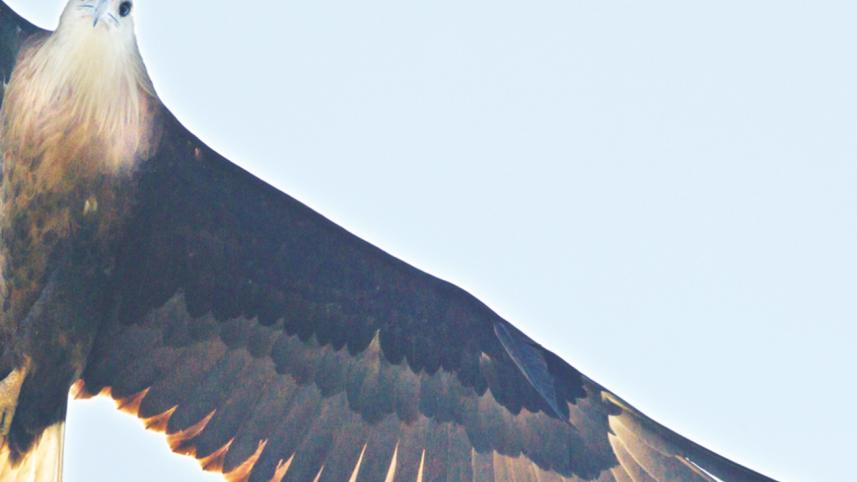Call of the Wildlife

If, a few centuries ago, you offered people the opportunity to see wild animals in their environment, only hunters would take you up on your offer. But today, millions of tourists spend large sums every year to go on safari in Africa for the opportunity to see wild animals roaming freely. In the space of a few hundred years, wild animals have gone from being our enemies and food to symbols of our planet's vulnerable present and pristine past.
What changed over the centuries of course is the balance of power which tilted overwhelmingly in favour of man and against nature and wild animals. Thus today many animals – e.g., whales and elephants - have become symbols of the diversity of life on this planet and efforts to conserve this diversity.
Whatever the reason may be for searching out a wild animal, there is no denying that the encounter can be a magical one – provided one's safety is not at stake. Several instances stand out in my experience. The supreme one was meeting a family of mountain gorillas in their home turf in Uganda. After a brutal day of tracking the gorillas on the slippery slopes of Bwindi Impenetrable Forest, we found the animals eating a snack of leaves and vines. The moment I made eye contact with the massive silverback – perhaps ten feet away - is one I will not forget.
In fact, I have found that making eye contact with primates in the wild is special. Some years ago, in Rema Kalenga forest in Habiganj, I came close to a capped langur (poramukho honuman.) He looked at me with his bloodshot eyes and I stared back – for several seconds. Something passed between us.
There are several types of wild primates one can see in the national parks of our country, particularly in Sylhet and Chittagong. They include Phayre's langurs, Hoolock gibbons and pig-tailed macaques. It is usually possible to hire an expert guide who can track these animals when you visit the national park, making this experience within easy reach for many of us.
Although birds are, technically, wildlife, we normally do not pay attention to encounters with them. However, recently I had an encounter worth relating. A full-grown Pallas's fish eagle (about a metre long) was eating a fish lunch sitting on a pole in the middle of Hail Haor when my camera's click interrupted him. Instead of flying away as all birds do, he decided to check me out and flew several circles close over my head, peering at me with great interest. As his wings over me partially blocked out the sun, I felt distinctly uncomfortable. Eventually he probably decided I was not a good meal and flew away.
Sometimes we do not understand the risks of wildlife. Watching Discovery and National Geographic TV makes us forget how dangerous wildlife can be. In reality, even seemingly harmless animals such as deer can kill people if they are cornered or feel threatened.
Yet we keep looking for wildlife and the memory of their sighting stays with us. Perhaps through them we feel a connection to our planet otherwise lost in our everyday lives.
www.facebook.com/tangents.ikabir



 For all latest news, follow The Daily Star's Google News channel.
For all latest news, follow The Daily Star's Google News channel.
Comments